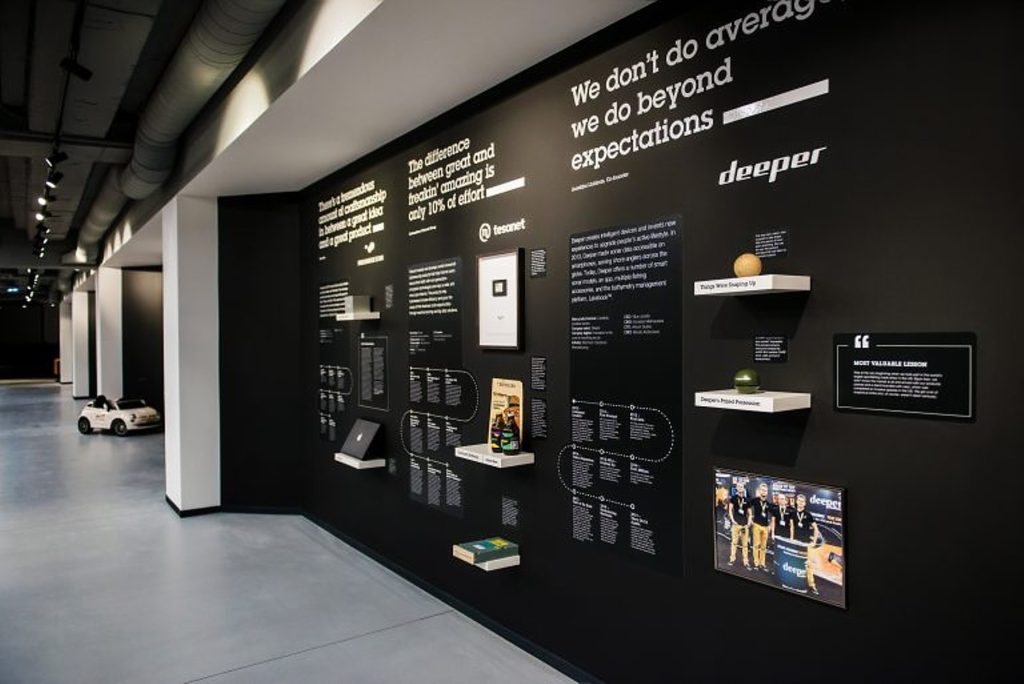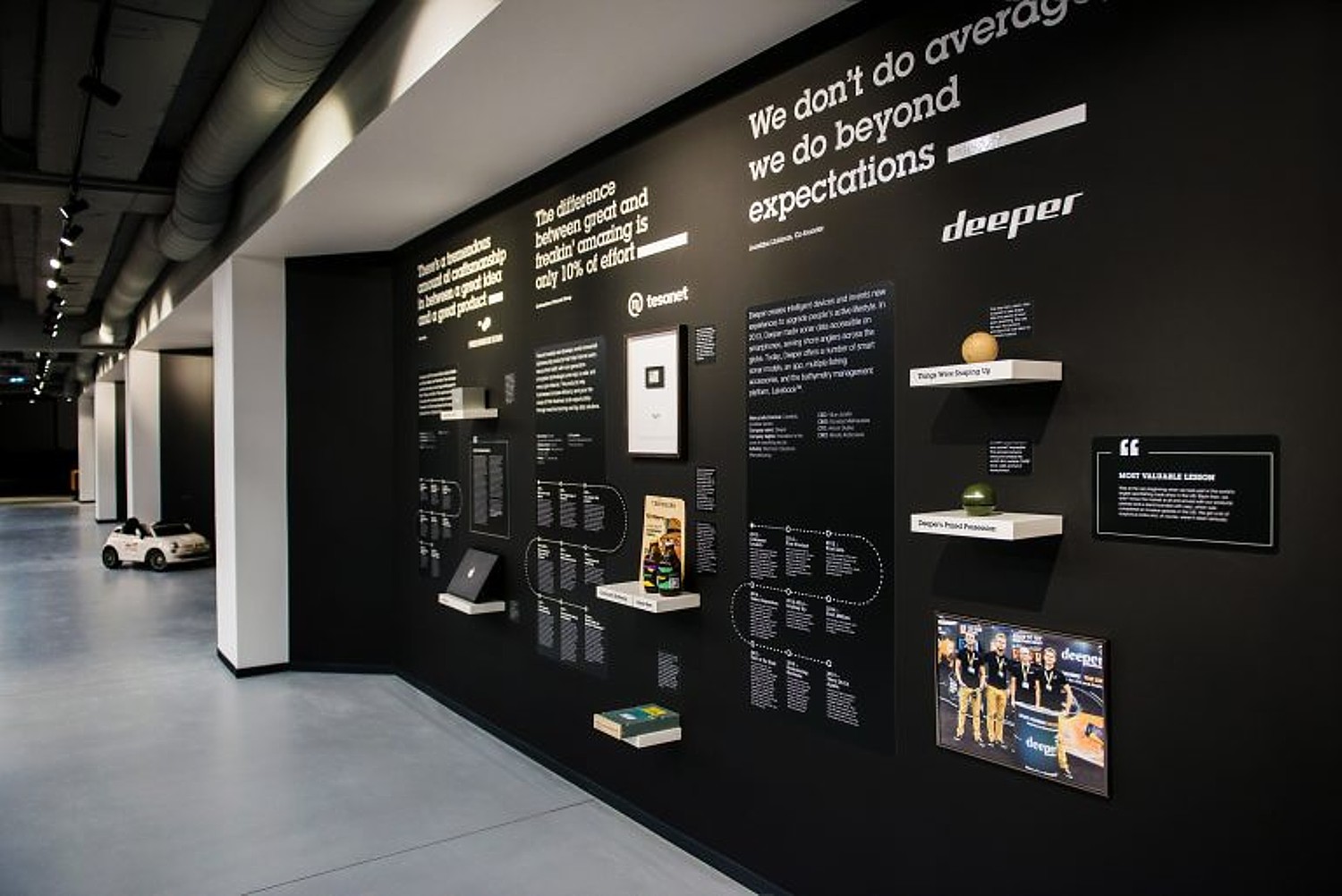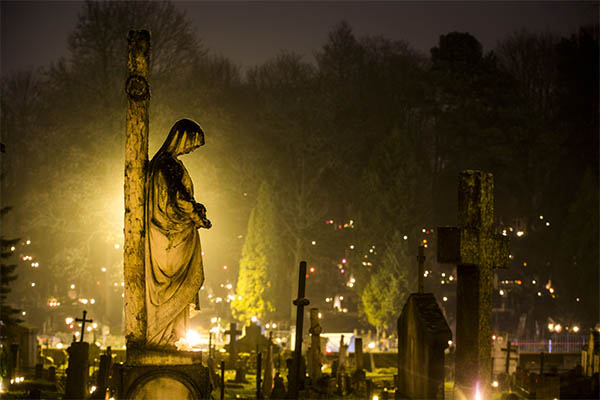
Vilnius, Lithuania – The world’s first museum devoted to start-ups has opened in Vilnius, the capital of Lithuania.
Startup Museum hosts twelve stories of local startups that managed to reach global success. The list includes the first Lithuanian unicorn, pre-loved fashion marketplace Vinted (Kleiderkreisel), nanosatellite manufacturer Nanoavionics, image editing software developer Pixelmator, along with Trafi (Jelbi), Deeper, Bored Panda, Tesonet, Oberlo, CityBee, Brolis Semiconductors, MailerLite and CGTrader.
The displayed startups come from a broad range of fields – from online platforms and software to space exploration and laser manufacturing.
The aim of the museum is to tell the untold stories of startups that not only found their way to success but also made contributions to improving the business culture within the city. Through the stories of individual startups, the visitors will get to experience the drastic improvement that the startup scene in Vilnius made in recent years, too.
“Opening a startup museum is a great way to highlight how welcoming and progressive our city is, creating the needed environment for businesses to thrive,” says Remigijus Šimašius, the mayor of Vilnius. “At the same time, the museum will honour the brave entrepreneurs that are true ambassadors of Vilnius around the globe. This museum is also a good reminder that it isn’t just ideas and investments that matter – persistence, heart, and a strong team are as crucial.”
Each startup highlighted in the museum is presented through its journey to success, including the lessons learned and challenges conquered. Next to each company’s timeline and story, visitors have a chance to see physical artefacts that each startup sees as representations of their journey, work culture and values.
For example, the pop culture magazine Bored Panda has a panda costume on display to celebrate their company culture – which was worn by one of the current employees when he came to apply for the job. While CGTrader, the world’s largest source for stock and custom 3D models, are showcasing a bucket that was used to collect water in the early days of the company when they worked in an office with a leaky roof. Vinted’s exhibition will feature, among other artefacts, a toy unicorn representing its status as a first home-grown startup to reach EUR 1 billion in market valuation.
At the museum, guests can also get familiar with the state of the startup ecosystem in Vilnius and get informed about the upcoming startup-related events and awards.
Each year, the museum will add four additional Vilnius-based startups that made the most significant strides in that particular year.
The Startup museum was established by Go Vilnius, the official business development agency of Vilnius, together with a coworking space Talent Garden Vilnius.
There are currently 35 startup-dedicated spaces in Vilnius: twelve startup incubators and centres, eleven business accelerators and the same amount of investment organizations, five sandboxes dedicated to fintech, energy-related and real estate fields. Finally, the open data policy of the Vilnius city municipality allows businesses to test their products by using real financial, procurement, real estate, transport and other types of data.
Go Vilnius is the official tourism and business development agency of the City of Vilnius. The agency provides visitors, investors, relocating talent, entrepreneurs and businesses with all the essential information they need to know about the Lithuanian capital. Go Vilnius offers information on everything from real estate to leisure activities in Vilnius, simplifying the process of travelling, relocating to, or investing in Vilnius.
For more travel features, visit:
goingplacesnearandfar.wordpress.com
www.huffingtonpost.com/author/karen-rubin
travelwritersmagazine.com/TravelFeaturesSyndicate/
goingplacesfarandnear.tumblr.com/
instagram.com/going_places_far_and_near/
‘Like’ us on facebook.com/NewsPhotoFeatures
Twitter: @TravelFeatures

